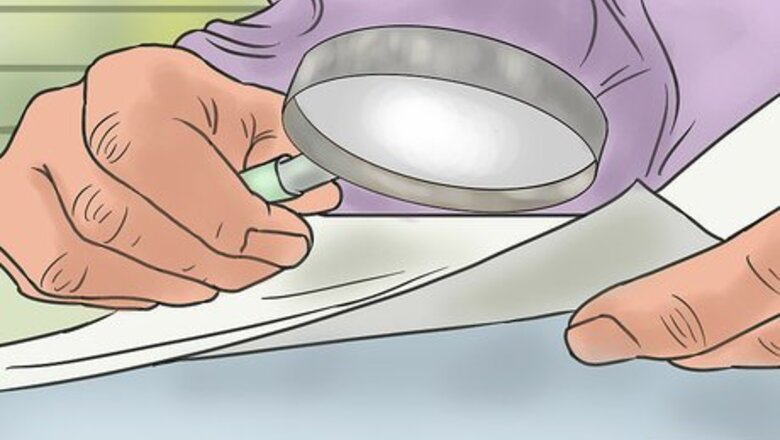
views
X
Research source
A Works Cited page is a complete list of the works that you cite in your paper, and it’s different than a Bibliography, which includes any works you used to write your paper, whether you cite them or not. A References page is similar to Works Cited, but is used in the APA format. Once you’re sure that Works Cited is the format you need, making sure that your Works Cited page is up to par can have a huge impact on both on the professionalism of your work as well as your final grade.
Collecting Necessary Information
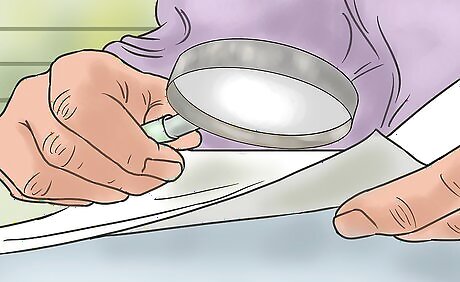
Collect all data of the cited materials. Every published work that you cite in your paper needs to appear in your Works Cited list. When pulling material during your research, take note of all of the important data so that you can accurately fill out your Works Cited page. You can also use software, such as Zotero’s Onenote or Noodle Tools, to help you collect the right information. If you’re doing it yourself, make sure to gather the following data: Author(s) Title Published date Publisher Publisher location Medium (Print, web, film, DVD, etc.) Page numbers/Act, or section and line numbers
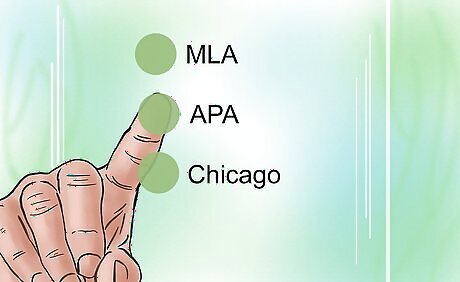
Review appropriate styles. There are three major styles that you may be asked to use when creating your Works Cited page. The most common is MLA (Modern Languages Association), which is used in liberal arts and humanities. Also used are Chicago (for publishing) and APA (for sciences). Chicago Manual of Style refers to the Works Cited page as a Reference page using the author-date system. There is a difference between a bibliography and a Works Cited page. A bibliography includes any sources that you used while researching and preparing your paper, even if you don’t reference them in your writing. A Works Cited page only includes sources that are directly referenced.
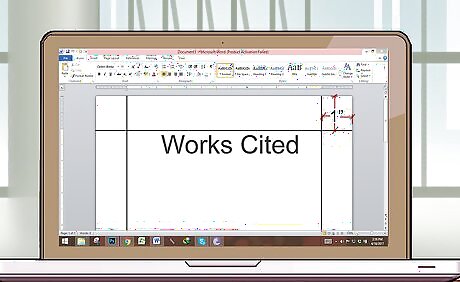
Format your Works Cited page. According to MLA guidelines, a Works Cited page should be formatted with the following rules: One-inch margins all around. Label the page “Works Cited”, and center it on the top line. All citations should be double-spaced, with no extra lines between entries. Indent all lines after the first of an entry by 0.5 inches (1.3 cm).

Review the course syllabus, if your works cited page is for an academic course. Most academic instructors include a paper syllabus at the beginning of a course. The syllabus lists most of the assignments and may provide helpful information about how to comply with specific rules from a program or professor. Not all instructors in the arts follow MLA guidelines for formatting, so make sure that you know how your instructor would like the Works Cited page formatted.
Writing the Works Cited Page
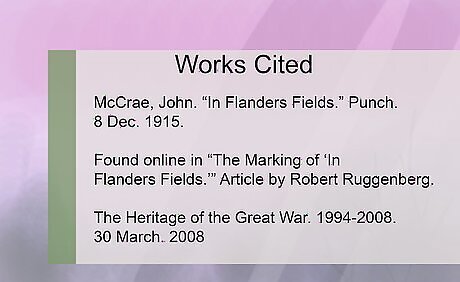
Start alphabetically by author’s last name. Entries will be listed down the page, with each entry on a new line. The format of the entry depends on the source as well as the information that is available. Use the following basic formats as starting points: Books: Last name, First name. Title. City of Publication: Publisher, Year of Publication. Medium. If the book has more than one author, only the first listed author goes last name first. Subsequent authors are listed as First Name Last Name. Periodicals: Author(s). “Article Title.” Periodical Title Day Month Year: Pages. Medium. Websites: Editor or Author (if available). Name of Site. Version number. Name of institution affiliated (if available), date of creation. Medium. Date of access. MLA no longer requires URLs in Works Cited. Check with your instructor for specifics for your project. If no publisher is available, use the abbreviation “np” If no date is available, use the abbreviation “nd” Interview: Interviewee. Personal interview. Day Month Year.

Review the works cited page to make sure that all of the appropriate information is included. Double check that your list is correctly alphabetized and that your entries are properly indented and formatted.
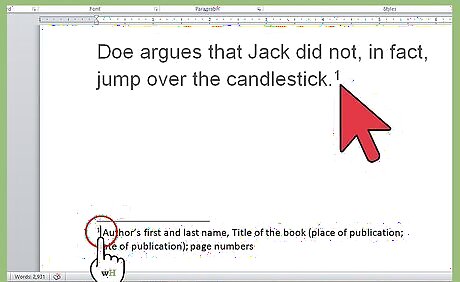
Check your citations and footnotes. Make sure that these are correctly marked on the paper so readers can find their way from a citation or footnote to the works cited page, where they will find information on the research materials that provide a basis for the research paper or project.
FREE MLA online

Write notes/details for your MLA of your Websites (URL or a site-name to search it), Books (title, ISBN, chapter title, cite page numbers, and/or key words to search), Magazines/Periodicals (Article title, chapter title, cite page numbers, keyword search, or DOI number), etc.
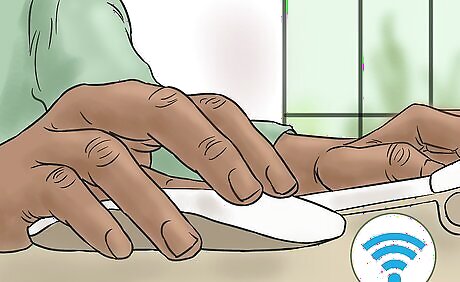
Do MLA online always, totally FREE for automated, searched MLA
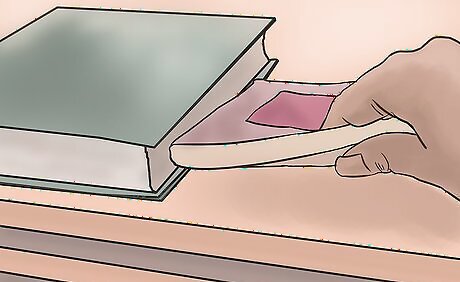
Select a medium (a book for example) for MLA: there are 59 types of media formats for "automated" data base search auto form fill in: Type ISBN, title, or key words your book to begin MLA to search and automated citation; Verify the information that the ISBN id number brings up. Click to add a citation of a chapter title, add page numbers, etc.
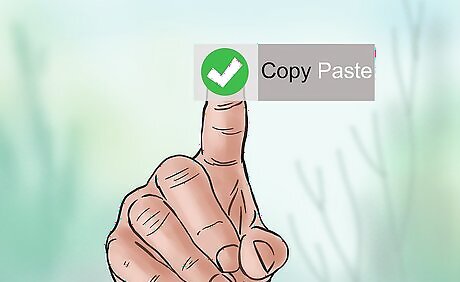
Copy and Paste results into your essay, PowerPoint, etc.

Choose, if not MLA, among 8 other citation forms FREE for the first two day trial and at low cost per month, lower cost for year or your lifetime: APA and Chicago formats, or AMA, ASA, Harvard, Chicago-Author-Date, CSE and ACS.




















Comments
0 comment